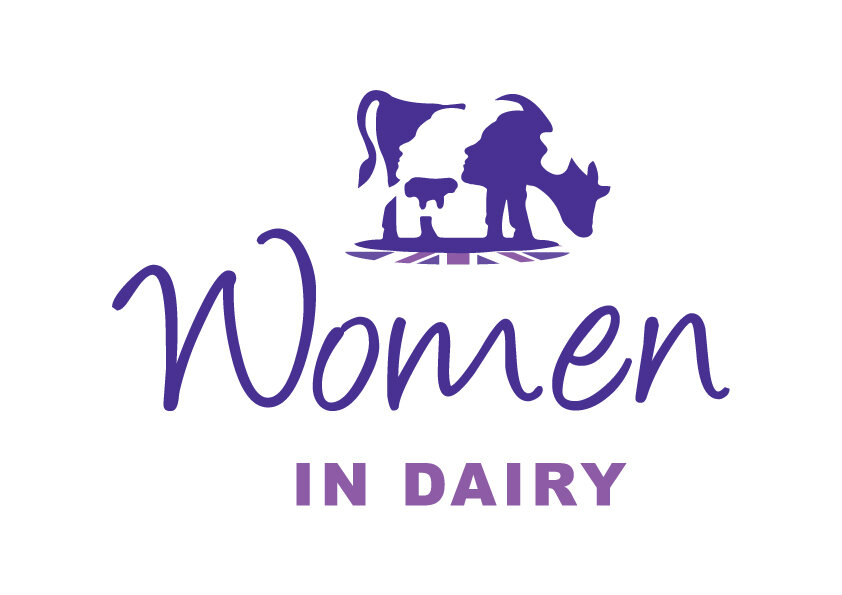Delegates at this year's Women in Dairy Conference in Worcestershire on Wednesday (28 September) got a glimpse into the financial payments English dairy farmers could receive as part of the Animal Health and Welfare Pathway.
Financially rewarding farmers is one of three pillars making up the pathway, which involves a multifaceted approach to improving farm animal health and welfare.
Fran Edmunds, Head of Animal Welfare Schemes and Labelling at Defra, explained the four funding programmes for farmers delivering health and welfare improvement as part of the pathway.
They are:
1. Animal Health and Welfare Review, launching this autumn. This will fund up to three hours with a vet to discuss animal health and welfare issues of the farmer's choice. This could include diagnostic testing, advice on the use of medicines or signposting to other financial support. Farmers will be paid £372 at the standard payment rate.
2. From 2023, Animal Health and Welfare Grants will become available to support investments in equipment, technology and infrastructure that promote health and welfare priorities. This could include better calf housing, ventilation, improving cow comfort and cow tracks, for example.
3. Disease eradication and control programmes. From 2023 funding will be available for diagnostic testing, vaccination programmes, as examples.
4. Payment by results. This will be introduced by 2025, with trials starting next year. Their focus, she said, would be on supporting farmers who want to take further steps to improve the lameness of their cattle. Plans are to provide financial support on a voluntary basis to help motivate and incentivise improvement.
Priority areas for dairy include:
BVD eradication and control. This will launch in 2023 and will fund farmers to conduct a BVD-focused biosecurity assessment with follow-up advice from animal health professionals. Farmers will work with their vet to plan the most appropriate actions.
Improving lameness and mastitis rates.
Upgrading housing to improve health and welfare and improving welfare at pasture.
When the review launches, farmers will be able to apply on the Defra website.
Ms Edmunds said: "We have worked with industry to co-design a pathway that will help farmers drive improvements in animal health and welfare."
For more news from the Women in Dairy Conference, sponsored by HSBC, and to find out how to become a member www.womenindairy.co.uk/
About Women in Dairy and RABDF
Women in Dairy is an RABDF initiative, designed to bring women working in the dairy industry together through regional discussion group meetings. The aim is to connect women, share knowledge, develop skills, and inspire by encouraging innovative thinking and vision for the future of UK dairy.
RABDF is the sole UK charity focussed on the unique needs of milk producers. They are the only dairy organisation holding a Royal Warrant, with the influence and access to funding that brings.

